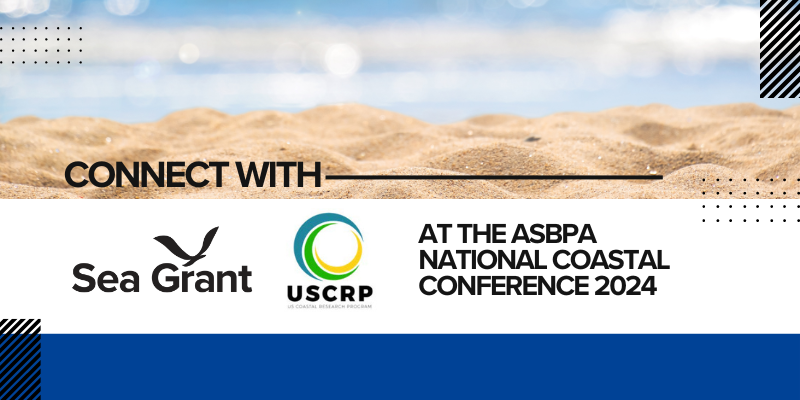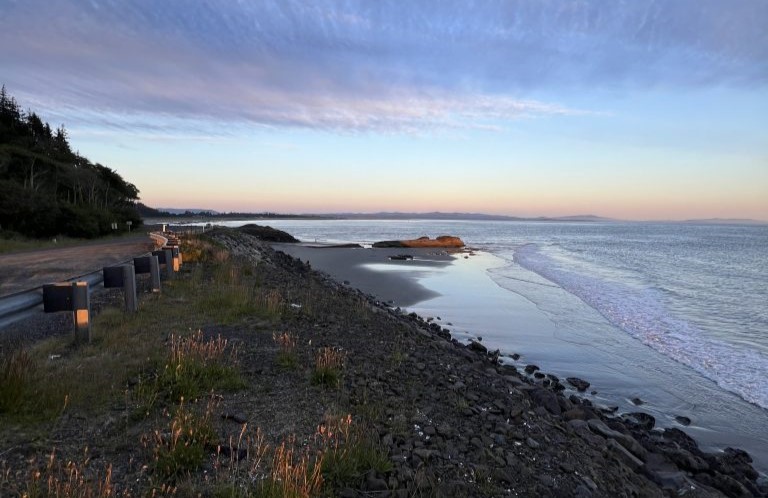Harmful algal blooms in Lake Erie impact drinking water, wildlife, and tourism. Ohio Sea Grant and Ohio State’s Stone Lab are working with a wide range of partners to protect the health and well-being of lakeshore residents and the ecosystem.
By Christina Dierkes, Ohio Sea Grant
When toxins from a harmful algal bloom (HAB) caused the City of Toledo to issue a “Do Not Drink Advisory” to 400,000 people in August 2014, Ohio Sea Grant was on the case as soon as the phone started ringing.
While Ohio Sea Grant staff carried boxes of toxin analysis supplies to the City of Toledo offices, which were on the brink of running out, former Ohio Sea Grant Director Dr. Jeff Reutter and Research Coordinator Dr. Justin Chaffin were on the phone with the U.S. and Ohio Environmental Protection Agencies (EPA) as well as city officials from Toledo to help inform their management of the issue.
“We’re glad we were able to reach people quickly with this important information,” says Reutter. “Ohio Sea Grant and Stone Lab have been invested in studying harmful algal blooms and related issues since the beginning, and will continue to do so until the problem is resolved once again.”
HABs are an excessive growth of cyanobacteria, often called blue-green algae, which can produce toxins that damage the liver, nervous system and skin. “Cyanobacteria bloom when there is an excess of nutrients in very warm water,” explained Chaffin. “In addition to nutrient loading, water temperature above about 65 degrees F is a key factor in the development of harmful algal blooms.”
With higher temperatures due to a changing climate likely becoming the norm sooner rather than later, finding new ways to reduce other factors in the development of HABs has continued to be a critical part of Ohio Sea Grant’s work. In recent years, NOAA and other partners have issued a seasonal harmful algal bloom forecast from Ohio State’s Stone Lab, Ohio Sea Grant’s research, education and outreach facility in western Lake Erie.
In 2015, “we’re potentially looking at the second-worst bloom after 2011,” said Dr. Richard Stumpf, NOAA Oceanographer and lead developer of the forecast model, at a July 9, 2015 press conference held at Stone Lab to announce the year’s forecast. However, “most of the lake will be fine most of the time,” he added, emphasizing another important part of dealing with HABs on Lake Erie: ensuring that the tourism industry is not harmed because visitors think the bloom is more extensive than it actually is.
Chaffin continues to work with scientists and utilities along the Lake Erie shore to test water samples and estimate the extent of the bloom each summer and fall. Chaffin also leads water testing around the Lake Erie islands to help ensure drinking water safety for coastal residents.
Ohio Sea Grant and the Ohio EPA also offer workshops for water treatment plant operators to help them identify HABs and remove toxins from their facilities’ water output.
“A week after one of the workshops … one of the participants worked with Dr. Chaffin and correctly identified a harmful algal bloom in the reservoir at the Norwalk water plant and averted what could have been a serious problem,” says Reutter. “Our hope is that other workshop students will be able to do the same for their facilities should the need arise.”


